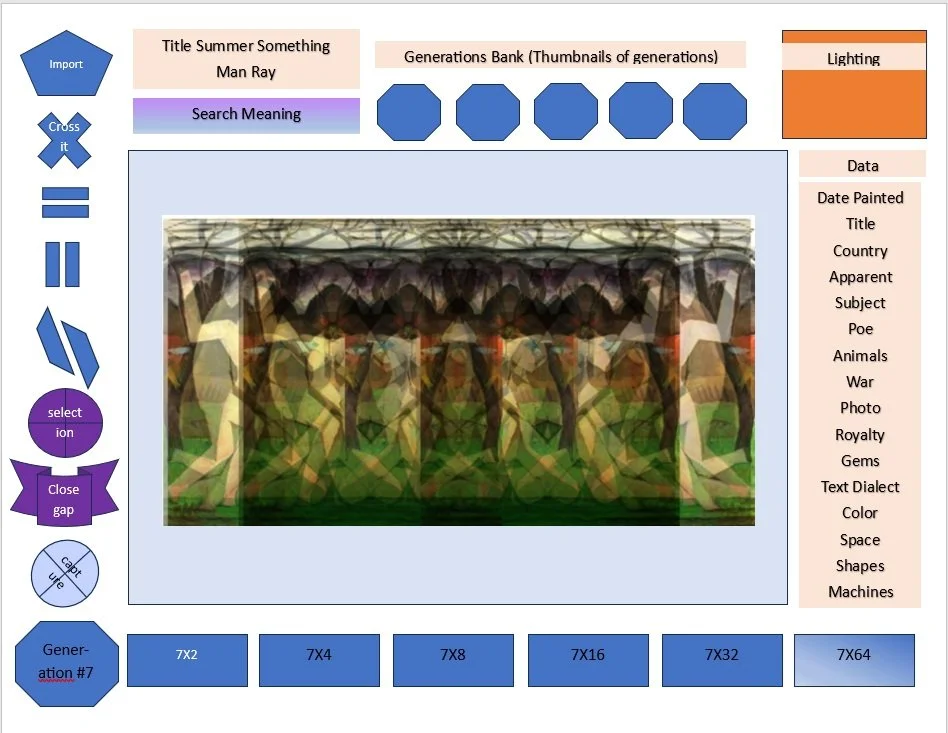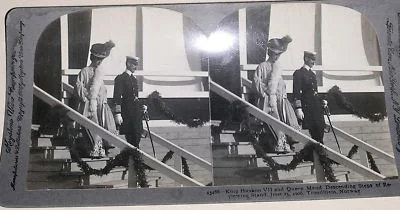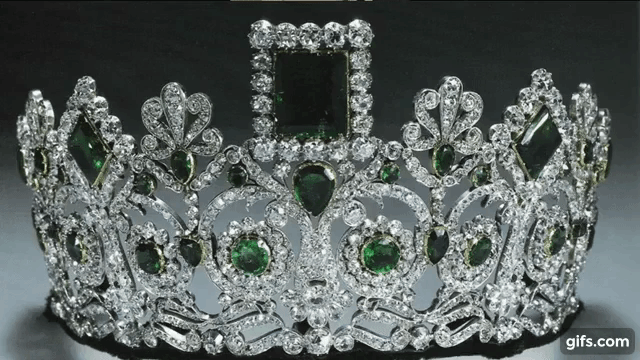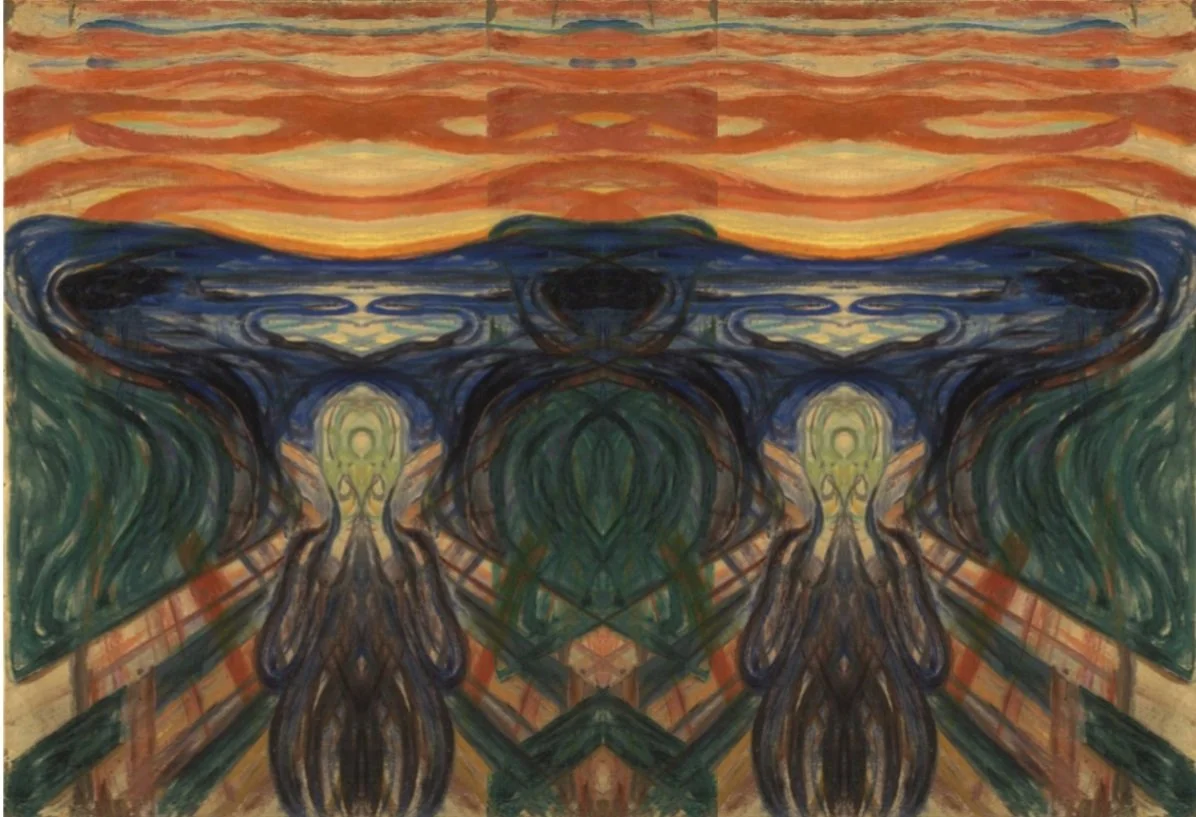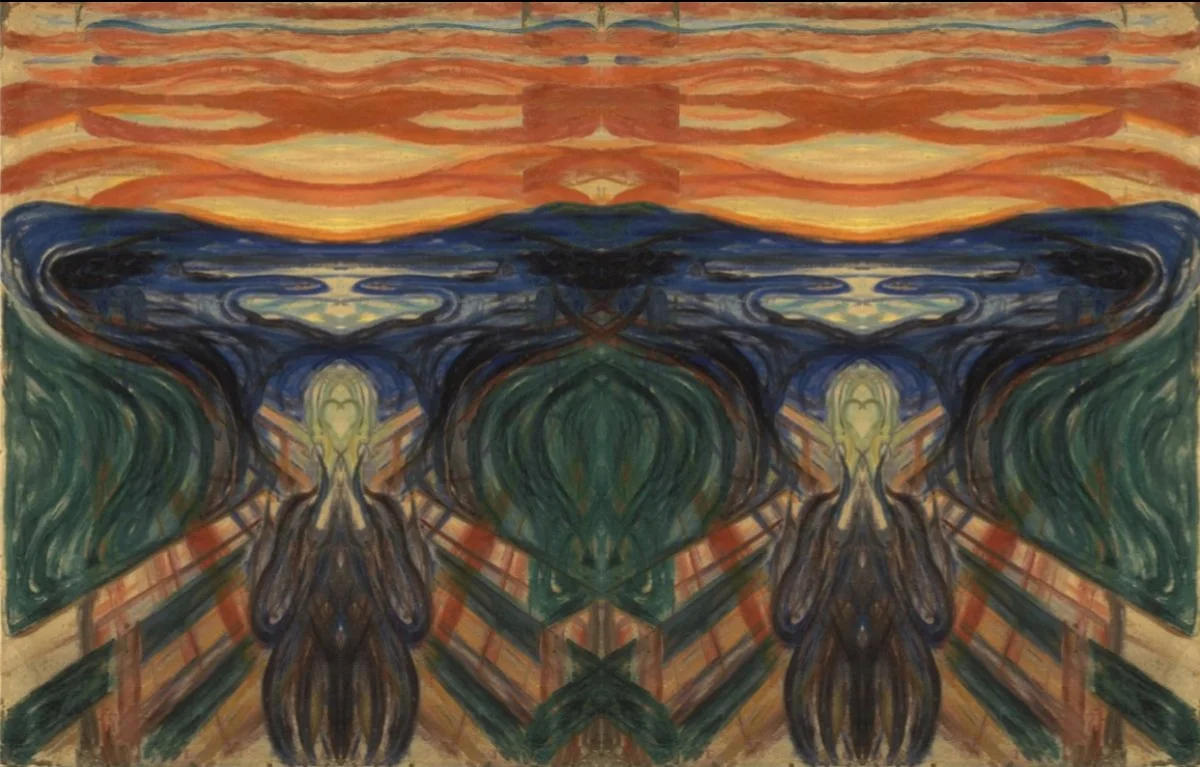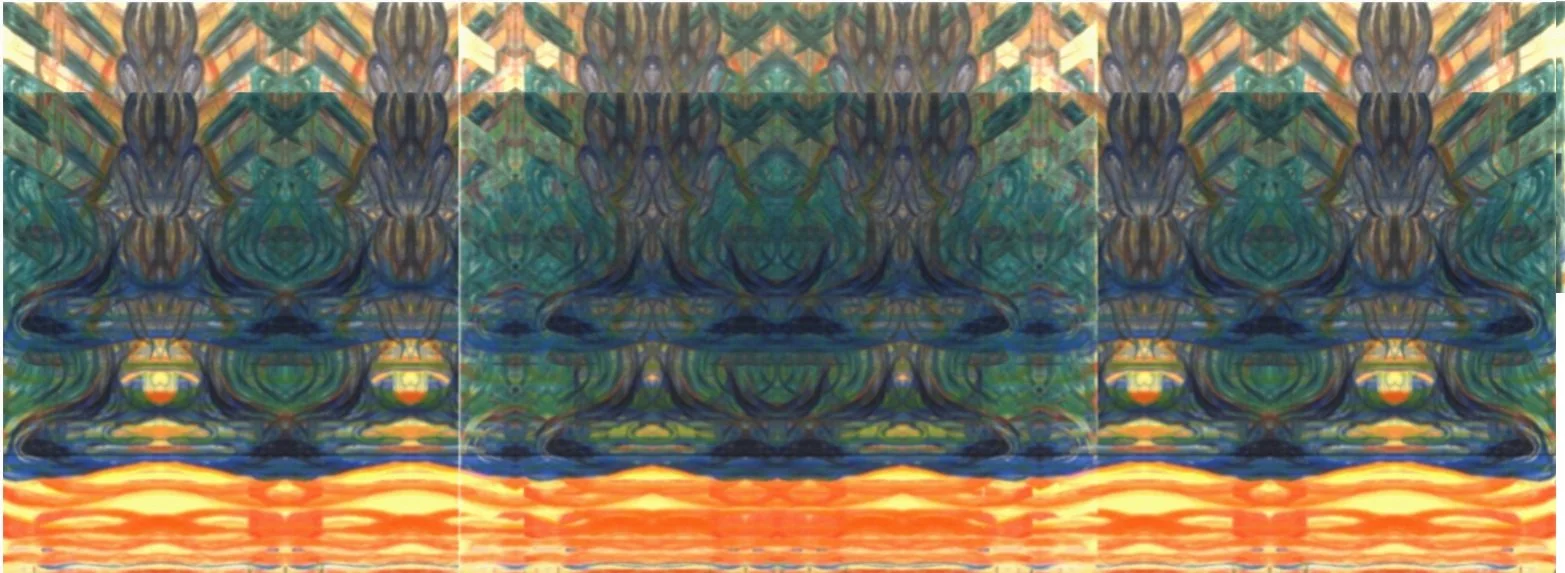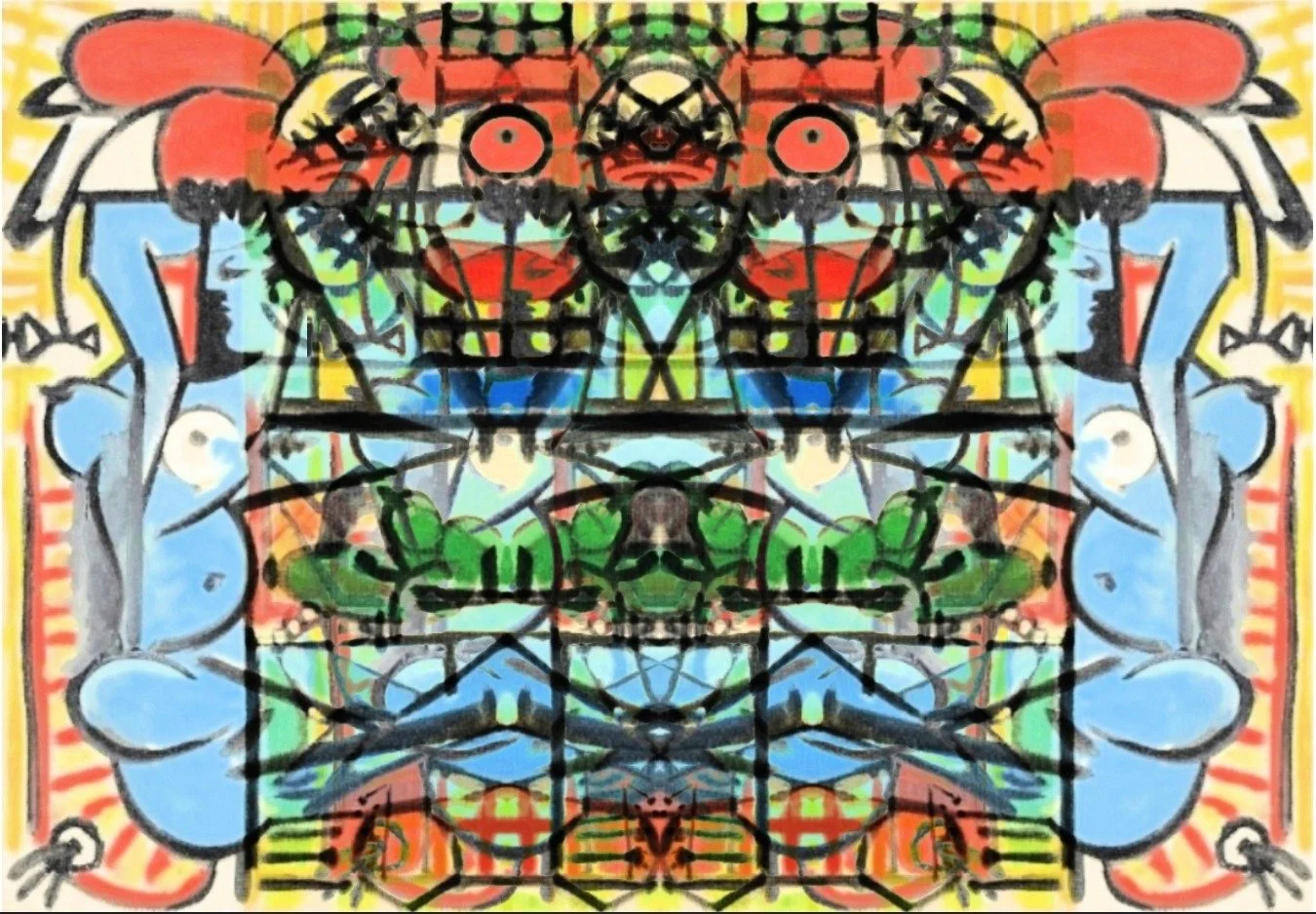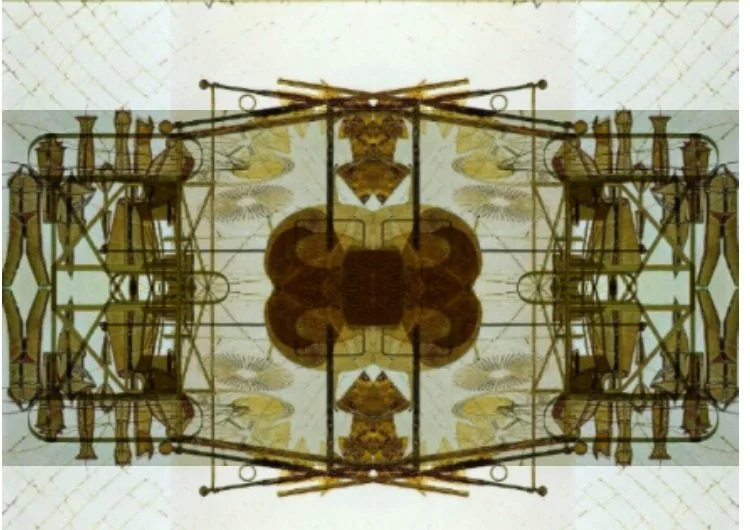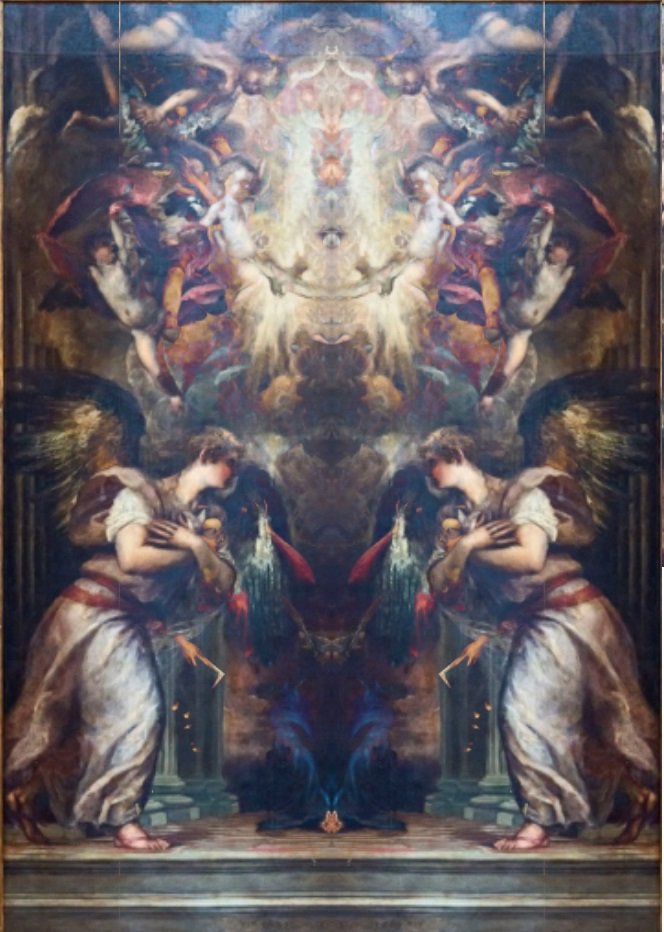The purpose of this app is to combine into one app all of the tools for processing a painting for hidden meaning. Specifically, the layering of transparencies with special light adjustment to preserve fragile values might show less depreciation, thereby improving the next generation to be processed. Capturing stills of the processed results and then using those stills for processing might show less depreciation by staying within the same app. Moving on X / Y axes for processing or adjusting will be more accurate not by hand. Storing steps automatically will be more organized and easier to review and share. A word log and other sections of manually entered terms, tropes, and subjects identified while processing can be searched by internet to propose some meanings while processing. That’s all I am doing, I take the image to a place where I can see things start to form, I ask “what are you trying to say to me, man?” and then I guess at what I see, type it into the internet and most of the time, I get a hit. I am learning that these guys were not trying that hard to hide, it is not hard to find anything. If it IS hard, I am somehow making it hard, such as with lighting/values or misregistrations.
Below are proposed views for processing portal, client portal, patron portal. I need to create a list of disclosures that must be acknowledged by clients and patrons and anyone who sees any part of any processed image, ever; before letting another person process anything. It is too easy to find incredibly rude erotica or things that would offend due to being old-fashioned-racist by today’s values. Also, I think there are war photos and many meanings are very much about political revolution. There is also the issue of “subjectivity” which I anticipate to be a sensitive issue, as it is largely embraced to mean that there are no mistakes in Art. There most certainly are, according to my discovery, as one small misstep compounds future generations into nonsense.
Braque’s Violin and Candlestick
The above is an example of a smooth animation I did in Microsoft Word and captured w Clip Champ. I am wondering if a “capture” function could both take a still shot of the work and also capture a video?
Or, if the dimensions of the original are known, and the dimensions of the crossed result are known, could the smooth “animation” of two transparencies sliding against each other be generated and not captured?
This carousel is about Edvard Munch’s The Scream, the second one, painted in 1906-1910. The first photo images are informational for the processor, but I found them on the internet with only a few words I got AFTER initial processing - “emerald” “frog” norway, the date 1906. The result was a story about how, when Denmark had to release Norway to Sweden, the King of Sweden offered the prince of Denmark Kingship of Norway. The prince said “only if the people want it,” and they elected him by 70%! That brought in an era of nationalism and the royals were often photographed with a crown that had gigantic emeralds in it, the largest in Europe. I processed the image towards a crown and found it! There are also goofy portraits of the King and Queen, I wonder if there are more sensitive images that I cannot find bc of value issues. The images that follow the photos are processing photos - I think I can make them more accurate, but I can also tell the value and color settings are robbing me. I can see tiny portraits that are not quite articulated, and the frogs should come together. The screaming figure turned into a gem gets hidden, it should be out - UNLESS its function is to brighten the colors above it.
The two above carousels are Magritte paintings, the first being very straightforward: the image, it is crossed, that is crossed again and we get a much better painting that features three crazy faces. This is an example of how, when the image slides against itself, an animation happens: Chantilly lace turns from white to black. The lower image is Landscape, and is an example of an “adjusted” image. While the top compositions are “fields of pattern,” or “autostereographs;” the Magrittes are single images. The second image takes an adjustment and the stop point is estimated visually. I can tell there is another image there, though, I can see in the blue that there is a portrait modeled. The color is too dark to find it.
This is three different registrations of the same painting, The Women of Algiers, painted 1954. They both result in autostereographs, but the lower one also has articulated Arabic text/writing. I do not know what dialect, but a search of dialects in Algiers yields more than 100 options. There are a few matches to the text, if I knew the words and sentence structure I could tell if the registration is set to make sense. The last frames are also more dire, like warscapes, bodies on stakes against an orange sky. The color difference is tremendous from start to finish, and the image lost a lot. The last set shows a figure, a portrait I think. I think that what these guys were doing was using smoke or ash as a black in one of the steps. I think the steps are to create a mural from panels of glass, paint the mural as well as possible, using smoke/ash for black, take apart the panels and stack them onto one another, then project light through the stack, paint the resulting projection through the stack. I think the processed image should look like gems and stained glass. Because the messages are dealing with political ideas and NO KINGS, it must have felt very dangerous to even have these statements out there, even encrypted.
The images below are overlapped by center and then they must “bring together” a section in the middle to create the image - I think that these represent plan views of specific rooms. I think the first two from the Picasso are Napoleon’s bedroom, and a royal chapel in the same palace; then the last two are The Amber Room, they overlap and together they are the plan view. All of these might do the “bring together” step to create the final image.
Below, the GOAT Titian. The Annunciation of San Salvador is an asymmetrical composition so as to be circular. Crossed once, the symmetry is anatomical. Crossed again, phalli with wings flirt with more anatomy. Crossed once more, a supernatural, red phallus comes forward; a baby is born. this might be an animation, it is definitely a show. The collector would probably invite friends over to watch the various animations of the painting. Notice there is not the same value issue bc photos haven’t been invented yet. Painting w smoke appears to be attached to photos.
